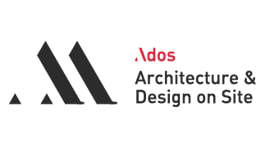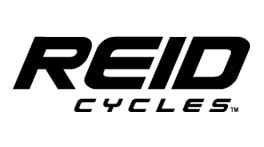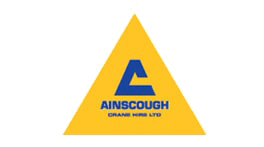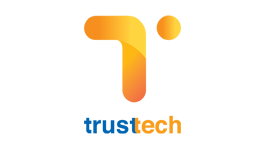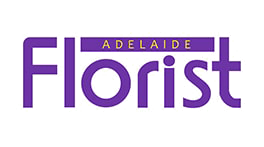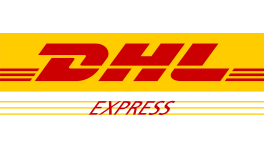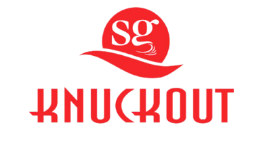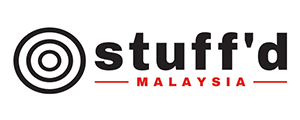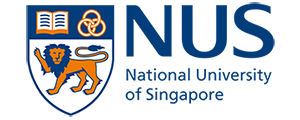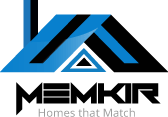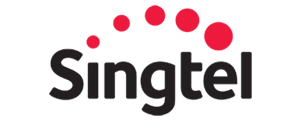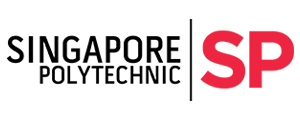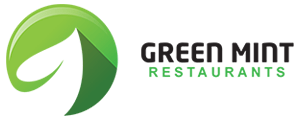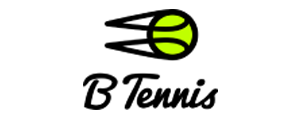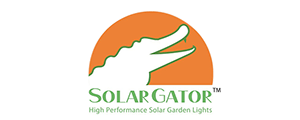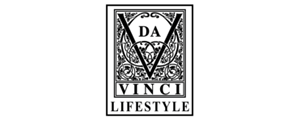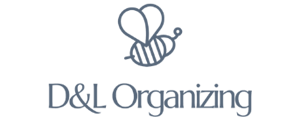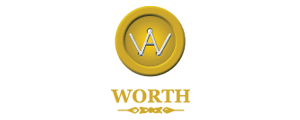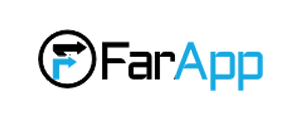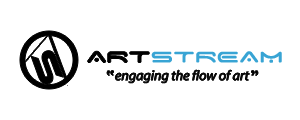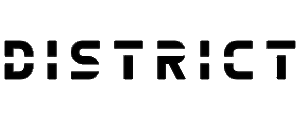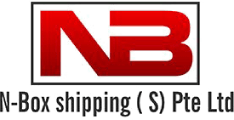The Search Engine Result Page (SERP) landscape and Reliable SEO Services are ever-evolving. Robust website optimization is crucial for the modern digital establishment of your business. Moreover, several technical SEO factors must be considered to ensure a highly functional, appealing, and responsive website. On top of that, monitoring these pivotal factors regularly is even more important for a smooth-running website.
Technical SEO factors monitoring helps businesses ensure to stay ahead of their competitors. Further, strengthens and maximizes their website’s visibility and performance on SERP. This article will explore six critical technical SEO factors requiring vigilant monitoring. Keyword audit, site page speed, crawlability, indexability, and renderability contribute to a refined website.
There are some more factors that you’ll see in detail further. So, let’s get ahead and understand these pivotal factors more closely.
Essential Technical SEO Factors To Monitor Wisely
XML Sitemap, keyword cannibalization, website’s mobile-friendliness, and image optimization are some factors that we will discuss in brief in this write-up. Read through to get started and see more factors that are to be taken into account for excellent website performance.
XML Sitemap
XML Sitemaps consist of properly formatted XML files containing a site’s URLs. They also include additional metadata for each URL, aiding search engines in site crawling. A website’s sitemap ensures easy discovery and indexing of all pages by search engines. Checking sitemaps regularly can help to identify broken links and pages receiving the most and least visits from search engine visitors. Monitoring regularly can help
to make sure the website is free of issues that could affect the website’s performance.
Canonical Tag
A canonical tag is an HTML element that helps website owners or experts prevent issues related to content duplicacy. A webpage with a canonical tag tells search engines that this specific URL represents the first content copy of the webpage. Also, to get a specified canonical page over duplicate versions of similar content. This ensures that only the intended page version gets indexed by the search engines. Checking canonical tags is important to make sure that there are no issues related to content duplicacy. Furthermore, search engines should accurately determine the version of a page to index for ranking purposes.
Crawlability and Indexability
Crawlability and indexability of a website determine how easily search engines can access and index its webpages. Ensuring search engines crawl and index your web pages is vital for achieving a higher position on SERPs. Plus, ultimately attain success in terms of visibility and traffic. Both key aspects should be monitored to make sure that your site’s pages are visible in the SERPs.
Crawling monitoring involves tracking the number of web pages crawled by search engines. This aids website owners in measuring the effectiveness of best SEO practices, whether implemented independently or through a reputable SEO services provider. Indexing monitoring entails ensuring that search engines properly index the web pages. Also, look out for errors affecting the website indexability.
You can monitor progress easily through excellent tools available in the market. However, if you want detailed reports on your website performance, an affordable SEO services provider can help you. They can also provide you with suggestions on ways to optimize and improve your ranking on the SERP
Structured Data
Website data structure provides valuable and relevant information to search engines and users. Properly managed and arranged data allows search engines to better understand the content of the website. Additionally, makes it easier to crawl and index content, improving visibility and traffic. Structured data as a result improves the chances of your site’s valuable information appearing in relevant search results. Additionally, helping users find what they are looking for more quickly and easily.
Website owners can monitor their website data structure through a data analytics platform. This is an excellent way to track and analyze website data structure. Data analytics platforms empower users to access, analyze, and visualize website data. Further, gain insights and make decisions to make the site’s data structure better.
Keyword Cannibalization
Keyword cannibalization is a common problem in search engine optimization. When a website with multiple pages targets the same keyword (a word or a phrase), this problem occurs. Search engines have to determine the best, which can result in low CTR, transaction, and conversion rates on a webpage. As a result, this can potentially harm your website’s positioning on the search engine.
An audit once a month and regular monitoring can help prevent keyword cannibalization. You can also hire fine SEO Services professionals from a reliable Digital Marketing Agency to identify web pages with similar keywords. Furthermore, optimize them to improve search rankings.
Site’s Pagespeed
Website loading speed is an important technical SEO factor to rank your website in the top search results. You can improve your web page loading speed by following these tips and techniques.
-Eliminate Insignificant Scripts From External Sources.
-Optimize Images And Videos.
-Lessen JavaScript And CSS Files Using Asynchronous Loading.
-Leverage Content Delivery Network (CDN).
-Clean Site Code, Reduce Plugins And Redirect.
Mobile-Friendliness
Monitoring mobile-friendliness is essential for ensuring user accessibility, constituting a pivotal technical SEO factor. Nearly 60% of online searches are conducted via mobile devices like smartphones and tablets, as per a source. Optimizing your website well for smartphones will allow you to tap into a wider audience accessing the website via handy devices. Additionally, this will help to acquire more and retain existing and targeted users worldwide to engage with your brand offerings. Check your webpage’s loading speed and see that the content is properly visible and easy to read on mobile devices. Also, check that the website design is mobile-friendly. A device-friendly site design ensures that website elements adapt to screen size changes while upholding quality standards.
Robots.txt
Robots.txt is an important file in a website’s technical SEO. Checking regularly tells web crawlers which web pages to index and which to ignore. It helps a website appear higher in search engine rankings solely, by controlling pages to index. Test the robots.txt file to ensure that search engines can easily crawl all URLs on the website. This action protects the website’s sensitive information from malicious search bots’ indexing. Additionally, prevent overloading your site with requests for accessing sensitive files on your server.
Image Optimization
Considering image optimization is crucial for allowing websites to deliver images faster, making it an important technical SEO factor. Reducing the file size of an image without sacrificing its quality results in improved website performance and user experience.You can optimize images in various ways, including compressing them using image compression tools. Resizing it with maintaining the content quality and removing unnecessary metadata are some other range of image optimization ways.
Duplicate Metadata
Having duplicate metadata on a website negatively impacts its search engine ranking and placement. More duplicate metadata and content a website has, the worse those web pages rank on the search engines. Authentic metadata is important to allow search engines to understand and index your website for a better ranking on the SERPs.
Conclusion
The process of monitoring technical SEO factors begins with determining the metrics that will measure website performance. In compliance with this, set up a schedule for website monitoring. Analyze and track technical SEO factors discussed in this write-up to identify issues hampering the website’s performance. Likewise, this will help reduce the chances of these factors affecting website performance and growth in the coming future. Simply, prioritize to commit more time and efforts towards technical SEO monitoring. Start by checking and monitoring the above factors to identify which aspects require improvement for enhanced website performance.




